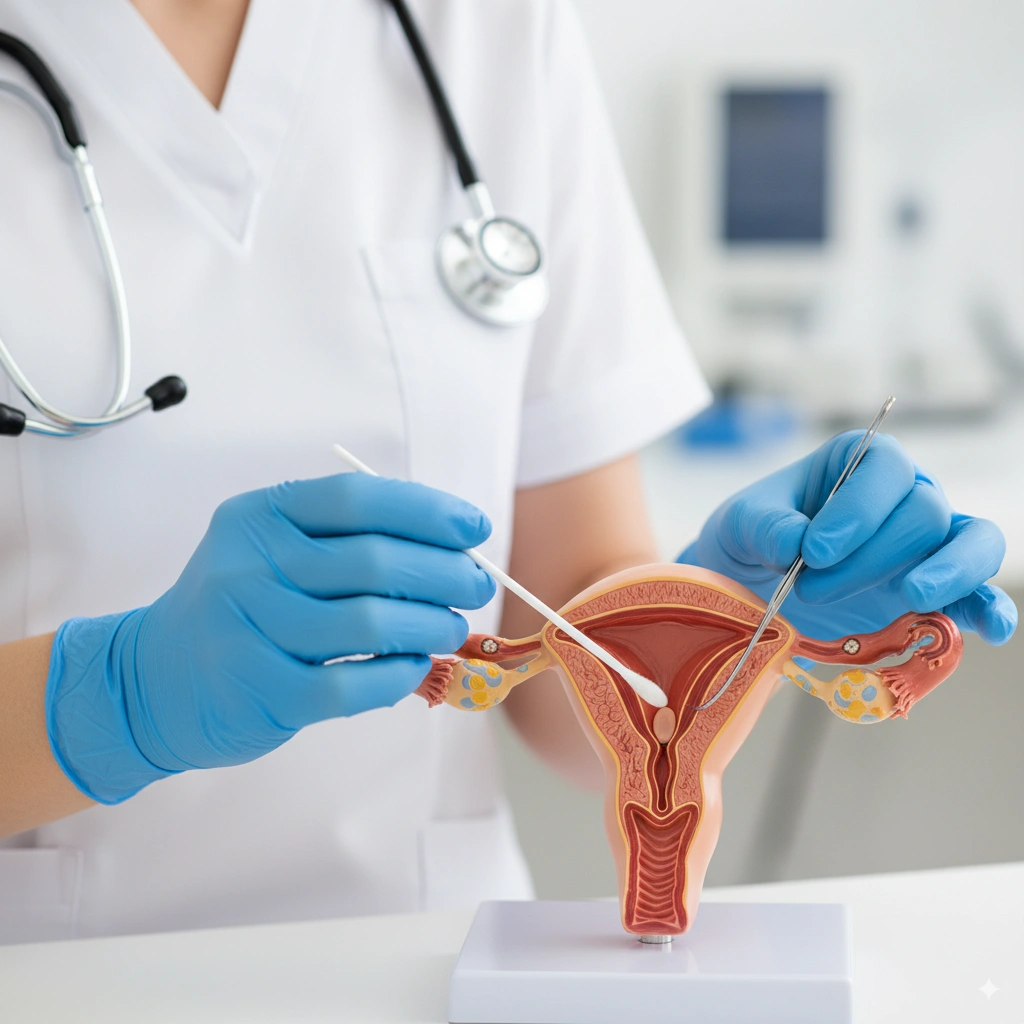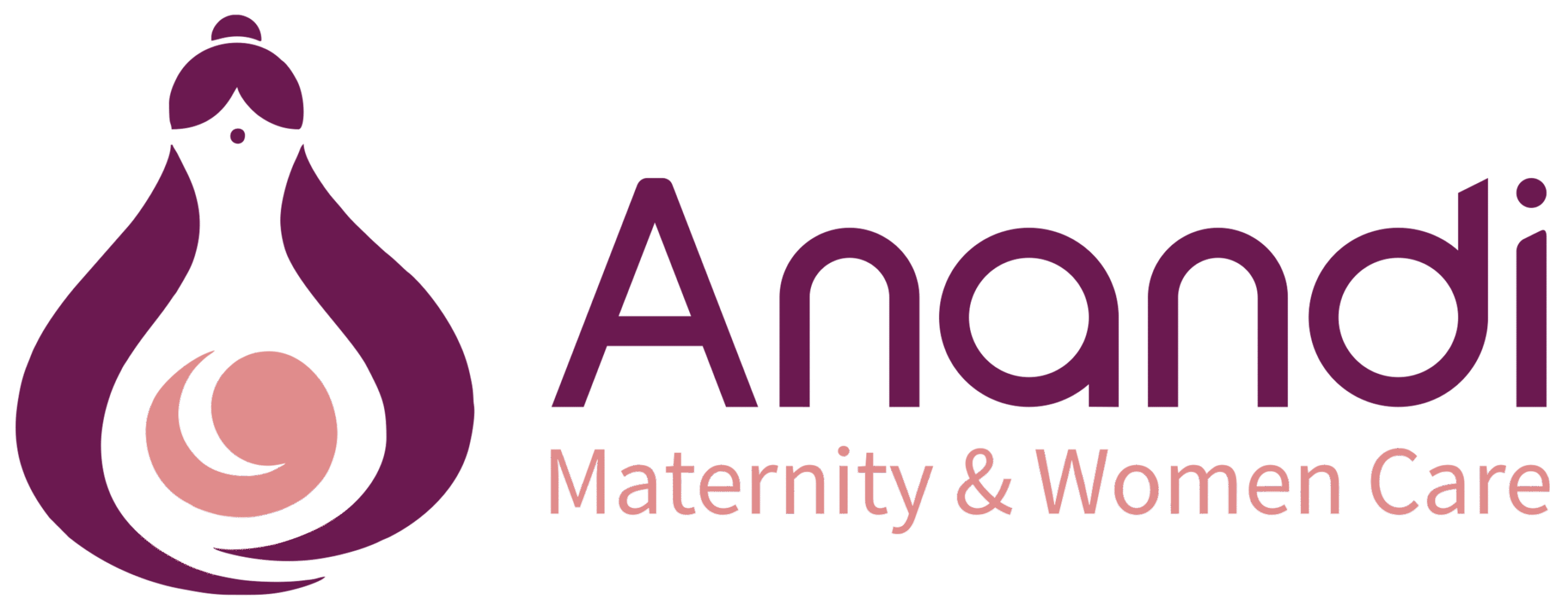A Dilation and Curettage (D&C) procedure is a minor surgical operation performed to remove tissue from the inside of the uterus. It’s often used after a miscarriage, for diagnostic purposes, or to treat certain uterine conditions like heavy bleeding or fibroids. Although it is a safe and commonly performed procedure, it’s natural to have questions about what symptoms you may experience afterward.
At Anandi Hospitals, we believe in empowering our patients with the right knowledge so they can recover comfortably and confidently. This blog discusses in detail the symptoms after a D&C procedure, how long they may last, what’s normal, and when to seek medical attention.
Common Symptoms After a D&C Procedure
It’s important to understand that everyone heals differently. Most women recover quickly after a D&C and can resume normal activities within a few days. Here are the common symptoms you may experience post-procedure:
1. Mild to Moderate Cramping
Cramping is perhaps the most common symptom after a D&C. These cramps are caused by the uterus contracting back to its normal size. The discomfort is similar to menstrual cramps and typically lasts a few hours to a couple of days. Over-the-counter painkillers, like ibuprofen, are usually enough to manage this discomfort. If the pain becomes severe or doesn’t improve, it’s best to consult your doctor.
2. Spotting or Light Bleeding
Spotting or light bleeding may occur for a few days to a week. The blood may be pink, red, or brown. This happens because the uterine lining is healing after being scraped during the procedure. It’s recommended to wear sanitary pads instead of tampons to reduce the risk of infection.
3. Fatigue and Tiredness
It’s not uncommon to feel tired or weak for a day or two following the procedure. The use of anesthesia, the emotional stress associated with the procedure, or minor blood loss can contribute to this. Ensure you get enough rest, stay hydrated, and eat nourishing meals to support your recovery.
4. Nausea or Dizziness
Some women report feeling dizzy or nauseated, especially on the day of the procedure. This could be a reaction to anesthesia or fasting prior to surgery. These symptoms usually fade quickly. If they persist beyond 24 hours, contact your healthcare provider.
5. Emotional Distress
D&C procedures are often performed following a miscarriage or as part of a fertility diagnosis, which can be emotionally overwhelming. Hormonal shifts may also intensify feelings of sadness, anxiety, or mood swings. It’s important to be kind to yourself during this time and seek emotional support if needed.
Less Common But Possible Symptoms
While less frequent, some women may experience other symptoms after a D&C:
- Temporary changes in menstrual cycle: Your next period may come earlier or later than expected. It could also be heavier or lighter.
- Mild backache or abdominal discomfort: This is usually due to uterine contractions or hormonal changes.
- Bloating or gas: Some women may feel slightly bloated due to retained fluids or hormonal changes.
These symptoms typically resolve on their own within a few days.
Symptoms That Require Medical Attention
While D&C is generally safe, it’s important to watch for signs of complications.
- Heavy bleeding: Soaking more than one pad per hour for several hours.
- Severe abdominal pain: Pain that doesn’t subside with medication or gets worse over time.
- Fever over 100.4°F (38°C): May indicate an infection.
- Foul-smelling vaginal discharge: Could be a sign of infection.
- Chills or body aches: Especially when accompanied by a fever.
- Persistent dizziness or fainting: Could be due to blood loss or complications with anesthesia.
Prompt medical attention can help prevent serious issues and ensure a full recovery.

Self-Care Tips After a D&C Procedure
Taking care of yourself post-procedure can speed up recovery and help you feel better faster. Here are a few tips to support your healing:
1. Rest Well
Take at least one to two days off to rest. Avoid physical exertion, standing for too long, or lifting heavy items.
2. Hydration and Nutrition
Drink plenty of water and eat light, nutritious meals. Include iron-rich foods like leafy greens and legumes to help your body replenish any blood loss.
3. Avoid Intercourse and Tampons
Do not insert anything into your vagina for at least two weeks or until your doctor says it’s safe. This includes tampons, douches, and intercourse to reduce the risk of infection.
4. Monitor Your Body
Keep an eye on your symptoms. Mild cramping and light bleeding are normal, but if anything feels unusual, don’t hesitate to call your doctor.
5. Follow-Up Appointment
Attend your follow-up visit as advised. Your doctor will check your healing progress and address any concerns.
Emotional Recovery After a D&C
The emotional aspect of recovery can be just as significant as the physical one. If your D&C was related to a miscarriage, grief is a natural part of the healing process. Allow yourself time to process, and consider speaking to a counselor or joining a support group if you feel overwhelmed.
Conclusion
Knowing the symptoms after a D&C procedure helps you stay informed, calm, and in control of your recovery. While most symptoms are mild and resolve on their own, always reach out to your healthcare provider if anything seems unusual.
If you have questions, concerns, or need a post-procedure consultation, the experienced team at Anandi Hospitals is here to support you every step of the way. Your comfort, safety, and well-being are our top priorities.
Need Help or a Follow-Up? Contact us today to speak with one of our gynecology specialists or book your post-procedure consultation.
